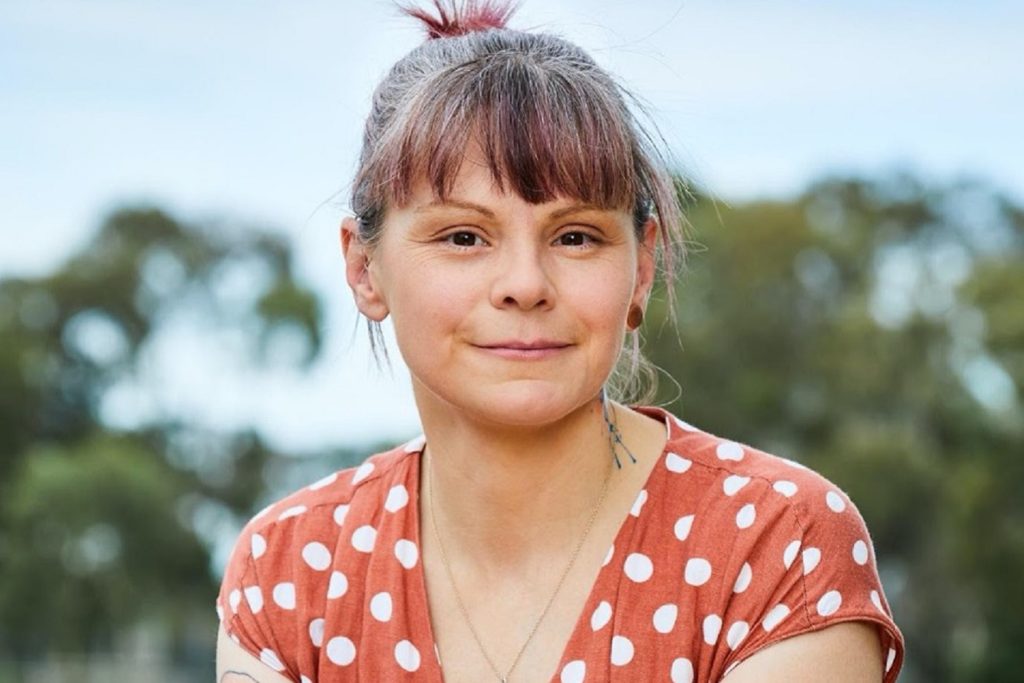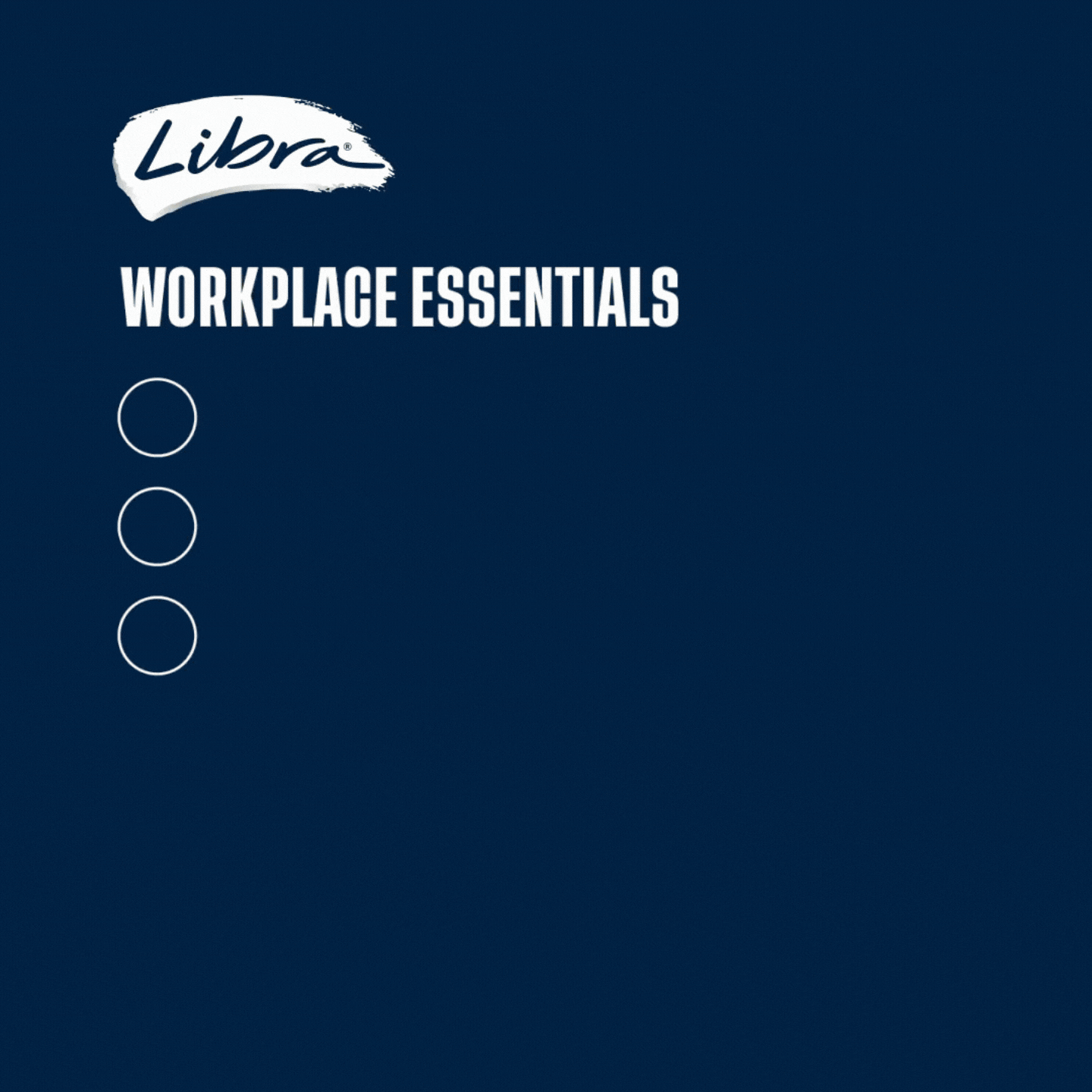Disability and domestic violence advocate Nicole Lee is participating in the Feminist Writers Festival’s 2020 ThinkIn session, Our Culture of Violence. Her essay, Cultures of Violence, speaks to her lived experience and considerations around the use of ‘vulnerable’ in disability care, and is reproduced here exclusively.
Women with Disabilities Victoria states that over a third of women with disabilities experience some form of intimate partner violence.
Disabled women experience multiple forms of violence at higher rates, with increased severity and extended duration compared to other women. They are often targeted by men who use violence as they are perceived as being less powerful, or unable to speak out about what has happened to them due to barriers surrounding communication.
Whilst Australia has a long history surrounding a culture of violence against women,how we understand it is positioned around the language that’s used. Though we’ve started moving away from victim blaming narratives that historically found fault with wives and exonerated husbands, when discussing violence against disabled women we unfortunately revert to comfortable (and in my opinion) victim blaming standpoints.
What do we mean when we say ‘the most vulnerable’ and how does this language impact or distract from the severity of violence? I want to challenge the language of vulnerability and how this language unintentionally lays blame with the victim. Shifting the focus from the severity of the violence not only justifies it in some way, but also dismisses it.
The horrific death of Ann Marie Smith shocked both the disability community and the nation. As per the ABC article on her death, ‘The sheer horror of what is alleged to have occurred in the last 12 months of her life and the manner of her death is what nightmares are made of.’
While we reel over the horrific details in Ann Marie’s ongoing manslaughter investigation, we’re also bombarded repeatedly by the word ‘vulnerable’.
She is constantly referred to as vulnerable, with her death articulated in an interview given to the ABC as ‘no oversight, silent suffering and horrific treatment of somebody most vulnerable’.
The use of the word vulnerable continues: ‘vulnerable NDIS participants – protect vulnerable adults at risk of abuse’, Ann Marie ‘had not been identified as a vulnerable person’.
What was absent from this discussion were the people who abused her and left her to die in a chair, alone in her own home. Why were they not framed as “vulnerable” to abusing their positions of power? Why did we place the spotlight on the victim? Why did we highlight her as vulnerable and not the system that placed her in this position? This shifting of focus detracts from the severity of what happens to us far too often. It turns a horrific death into a sad tragedy.
When we use the word vulnerable it elicits images of weakness, helplessness, and needing of protection.
What it also and more dangerously implies in the context of disability, is that violence is almost expected. That disability makes us vulnerable. The blame then lies with the disabled individual and sidelines the role of the perpetrator.
Just like wearing a short skirt or walking alone late at night does not rape a woman, vulnerability does not commit violence against disabled women. People do. Be they individuals on the street, in our homes, or those who work within the systems and structures put in place to support our lives.
None of us were born with or acquired vulnerability. We inherited a broken system. A system built within a culture of patriarchal attitudes, and violence. We’re not seen as independent women, but rather as helpless ‘disabled’ women in need of protecting. It takes away not just our female agency and autonomy, but also our rights as human beings. It creates an environment and culture that enables some people to view us as targets.
This won’t change until we’re seen as being capable, and the resources are made available to us so that we’re able to protect ourselves. While we’re spoken of as being vulnerable people, we’re going to continue to be seen this way by those who choose to abuse us.
Language is powerful. While the use of the word vulnerable is not intended with negative connotations at its core, it’s still deeply damaging. It erases our agency, turning us into passive targets to be saved while failing to address the power dynamics between the people in our lives and the structures that contribute to our experiences.
This language further undermines the severity of violence endured by disabled women, and as stated earlier, inadvertently positions it as inevitable. This kind of language avoids the crux of the issue: inherent flaws within the system.
What the language of vulnerability often fails to capture is why some people are exposed to certain risks more than others. It only specifies that they are. Consequently, in describing people as ‘vulnerable’, we obscure the various structural factors underpinning vulnerability. Vulnerability facilitates the status quo.
We’re no longer seen as independent women with different needs and desires and ways of living. We’re seen as people who must be taken care of and controlled, erasing our ability to be independent.
This language is not reflective of our abilities, it seeks to enable and empower others to protect us as opposed to empowering us to protect ourselves.
According to Neil Crowther, this language has the potential to make disabled people less safe. ‘It promotes the idea that society’s primary responsibility should be to act as custodians, not to respect and promote disabled people’s freedoms’, he writes, including the right to live free from violence.
If we don’t shift our focus of where this vulnerability lies, we will persistently fail to address the problem and continue to inadvertently lay blame with the victim. This power dynamic is structurally supported, and the language used feeds into the gaslighting methods utilised by abusers.
The way we discuss violence against disabled women plays into, and legitimises the language used by our abusers. It enables gaslighting that blames an individual’s disability for the violence they are experiencing.
From my own experience, I was blamed for the abuse I received, with comments like, ‘if you weren’t so difficult to look after I wouldn’t have to do this’.
Further to this, due to his position of carer he would state, ‘I can’t work because of you’. When you combine this with the language used by others in society, the media, and the system, you create situations that allow violence to go unchecked. Red flags get overlooked, and women are either ignored or too afraid to speak up due to feelings of responsibility for our own rapes, the violence we endure, and sadly when we are murdered.
This culture around language also creates a culture of silence. As discussed by Women With Disabilities Victoria in the Voices Against Violence paper, there is an added silence for women with disabilities that is situated around structural barriers that often dismiss disabled women when they voice concerns, rendering them unheard.
Their report highlights the voices of disabled women, and none more poignant than this quote; ‘He was classed as my ‘carer’ here and so they’d look to him oh, and he’d discredit me and then they’d not believe what I’d say. The whole community could not believe that this person could do this. It makes it so much harder for the victim to voice something ‘cause they know nobody’s going to believe them’.
Not only does this speak to the silence surrounding disabled women, it also points to the blurring of the roles where the position of power is both structurally and attitudinally reinforced.
While not all caring relationships are abusive (just like #NotAllMen), some are, and we need to confront how we view these relationships, and whose voice we place at the top.
We’re not vulnerable by virtue of disability, we’re vulnerable because the system makes us vulnerable. All we want is to be seen and treated like independent individuals in our own right. For this to happen, the language that surrounds us as disabled women, and more broadly the disability community as a whole, must change.
For more on FWF2020 visit the program page.


